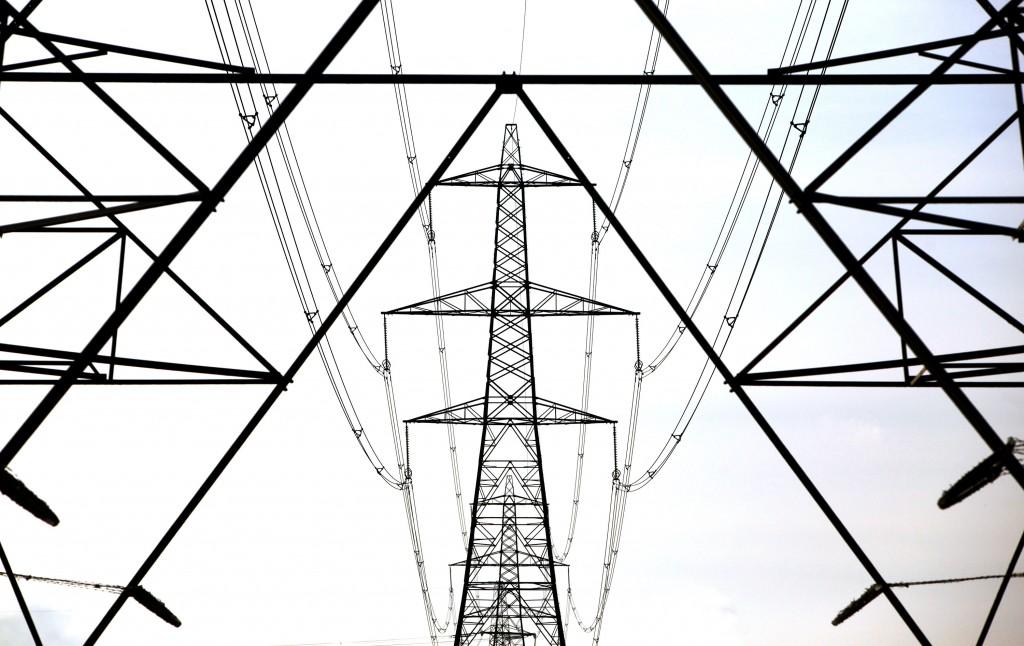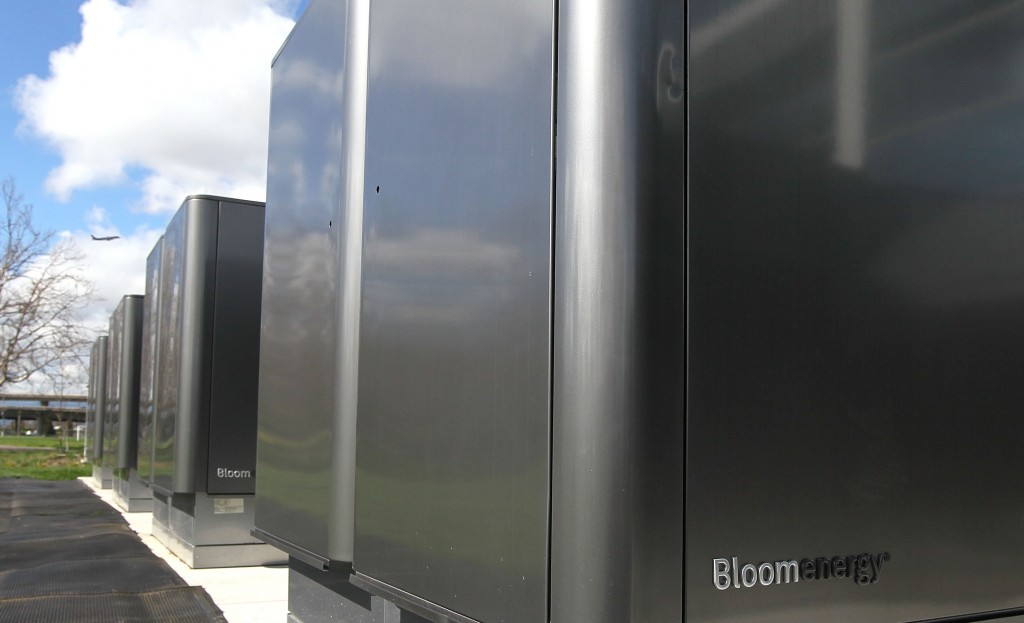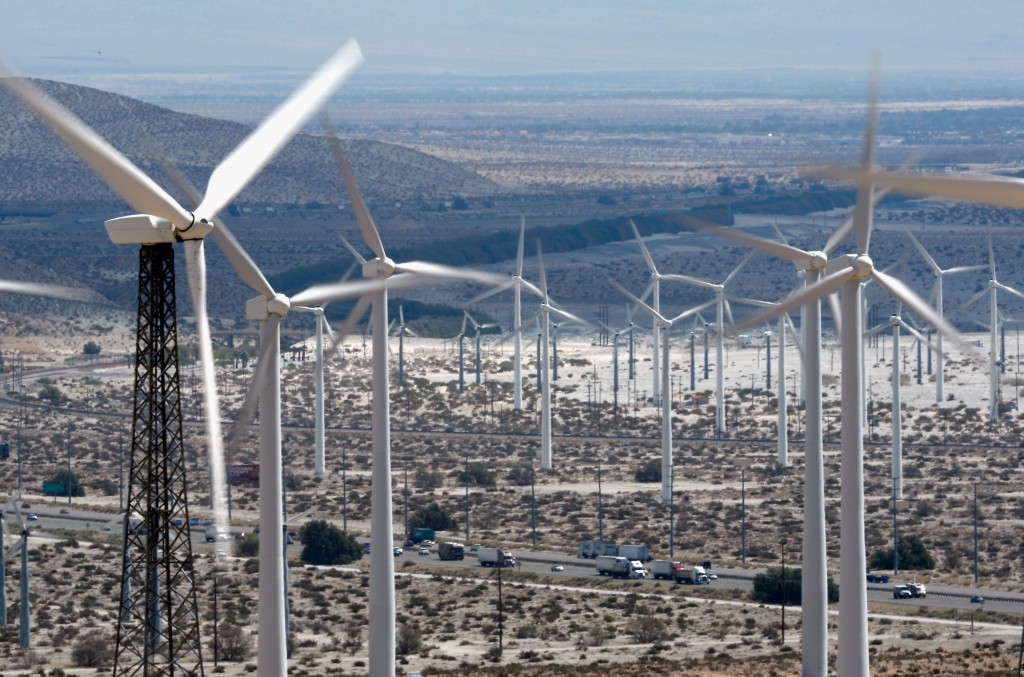Companies and engineers worldwide are pursuing grid-scale energy storage technology that would allow distributed renewable energy sources to easily and efficiently feed electricity into centralized power grids. Once economically commercialized, such technology would find a gargantuan market. And a US-based company will jump ahead of the competition next year with its molten salt storage technique.… Keep reading →
California Public Utilities Commission
Sign up and get Breaking Energy news in your inbox.
We will never sell or share your information without your consent. See our privacy policy.Opinions vary on how serious are the challenges facing the industry. For some time now, everybody and his brother, as the saying goes, is talking about the rapid changes taking place within the electric power sector and the potential impact of these on the future of the industry. This newsletter has had its own share… Keep reading →
CPUC passes controversial mandate for 1.3 gigawatts of batteries, grid storage by 2020 California’s status as the vanguard in pushing energy storage technologies onto the power grid is now official. On Thursday, the California Public Utilities Commission unanimously approved its proposed mandate (PDF) that will require the state’s big three investor-owned utilities to add 1.3… Keep reading →
California Proposes Framework For Energy Storage Procurement Program
By Energy Solutions ForumCPUC has proposed policies and mechanisms for its landmark energy storage procurement program that sets a 1,325 MW energy storage mandate. On September 3, 2013, the California Public Utilities Commission (CPUC) issued a proposed decision detailing policies and mechanisms for its energy storage procurement program established under the 2010 Assembly Bill 2514, the first… Keep reading →

California regulators will direct the state’s largest utilities to return 85% of cap-and-trade proceeds to ratepayers. The move, which comes about a month after the successful completion of California’s first carbon allowance auction, aims at offsetting higher electricity costs resulting from the cap-and-trade program, by providing a “climate dividend” on utility bills.
On December 20, 1012, the California Public Utilities Commission (CPUC) unanimously approved a plan to distribute the utility sector’s carbon allowance revenues to ratepayers in the form of a biennial “climate dividend.” The plan directs three major investor-owned utilities – Pacific Gas & Electric, Southern California Edison, and San Diego Gas & Electric – to return 85% of proceeds from the sale of carbon allowances to ratepayers as rebates through the life of the cap-and-trade program. The dividend, estimated to range from $20 to $40, will appear as an automatic credit on utility bills every six months starting July 2013. The amount of money that will go to ratepayers in the form of rebates from 2013 through 2020 ranges from $5.7 billion to $22.6 billion. Keep reading →

California energy regulators believe energy storage capacity could reach up to 8,000 MW by 2020, and could be further accelerated by renewables targets and the ongoing closure of one of two of the state’s nuclear power plants.
Michael Gravely, deputy chief of R&D at the California Energy Commission said he anticipated “fairly substantial amount of increase in services” in energy storage to balance the grid and integrate renewables over the next decade. Keep reading →

State Renewable Portfolio Standards may come under increasing pressure amid low natural gas prices, excess power generation capacity and the cost of compliance, leading energy analyst says.
“The world for renewables today is quite different from the renewables world we faced over the last several years,” Ron Norman, renewable energy specialist at PA Consulting Group, told a symposium held in San Francisco last week. “Before 2009, we had extraordinarily high gas prices and pending C02 legislation, low growth throughout the US and since that time we’ve had a crash in natural gas prices.” Keep reading →

Consumer electronics could be the winners in the quest for energy storage – cleantech’s holy grail – rather than electric vehicles or the integration of renewables.
Dan Adler, president of the influential California Clean Energy Fund (CalCEF), told last week’s Cleantech Forum in San Francisco: “It is the holy grail and that’s why we continue to focus on this notion that there’s some piece missing.” Keep reading →

What’s big, green and set to save taxpayers money over the course of the next 30 years? A new 3.4 megawatt (MW) solar power installation at Edwards Air Force Base in Southern California, that’s what. Comprising three ground-mounted, single-axis tracking solar farms, the system was built and is owned by Borrego Solar, which will sell power to the military base under the terms of an in-house power purchase agreement (PPA).
“Our utility bill can range anywhere from $15 million to $18 million a year and our utility bills for the summer actually double, but our consumption only goes up 3 percent,” said James Judkins, 95th Civil Engineering director, Edwards Air Force Base, in a statement. “What we’re trying to do (with this project) is not so much conserve energy, but save money.” Keep reading →

Texas legislators balanced the state budget this year by diverting money from a fund to help the poor pay for electricity.
Temperatures are still soaring past the century mark and refusing to subside, many Texans are trying to find ways to lower their electric bills. One option that some low-income residents relied on is no longer available. Keep reading →




